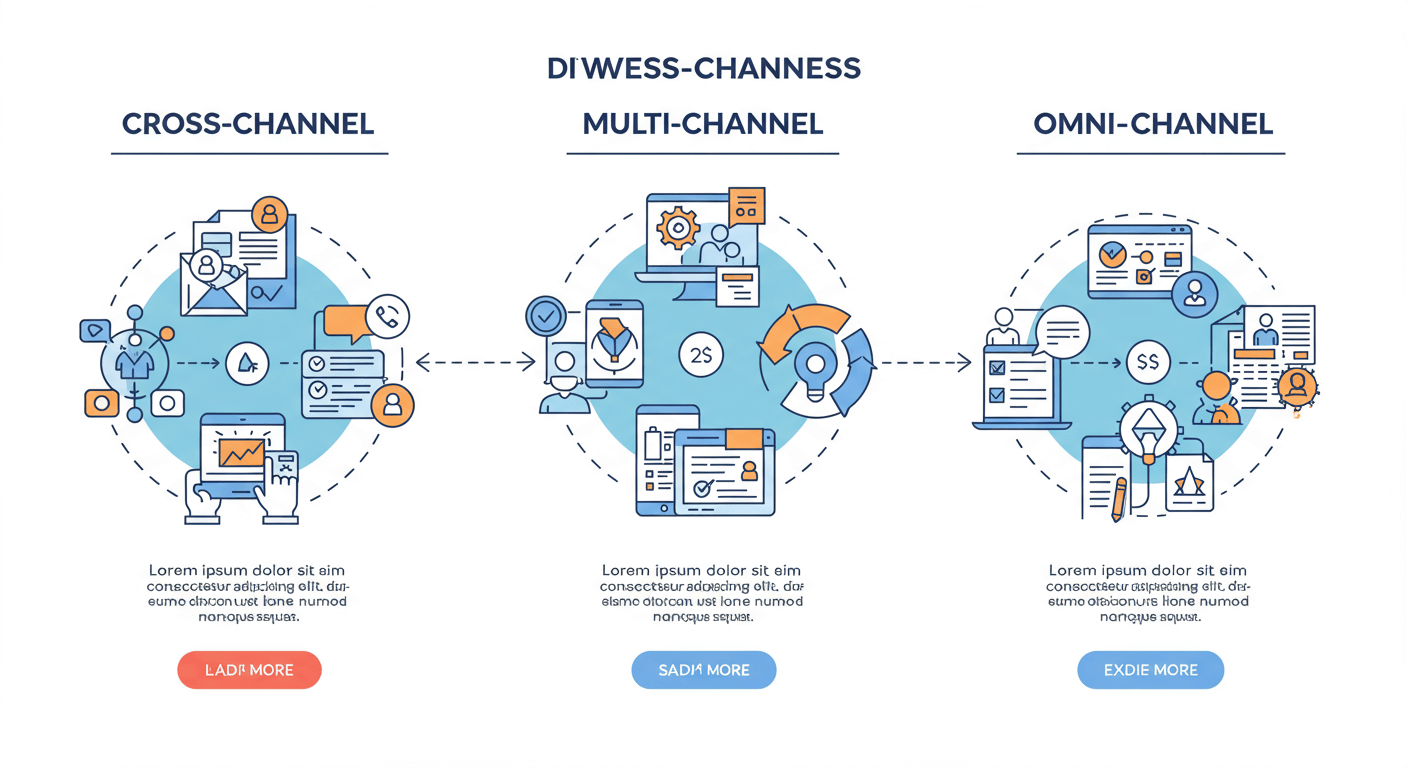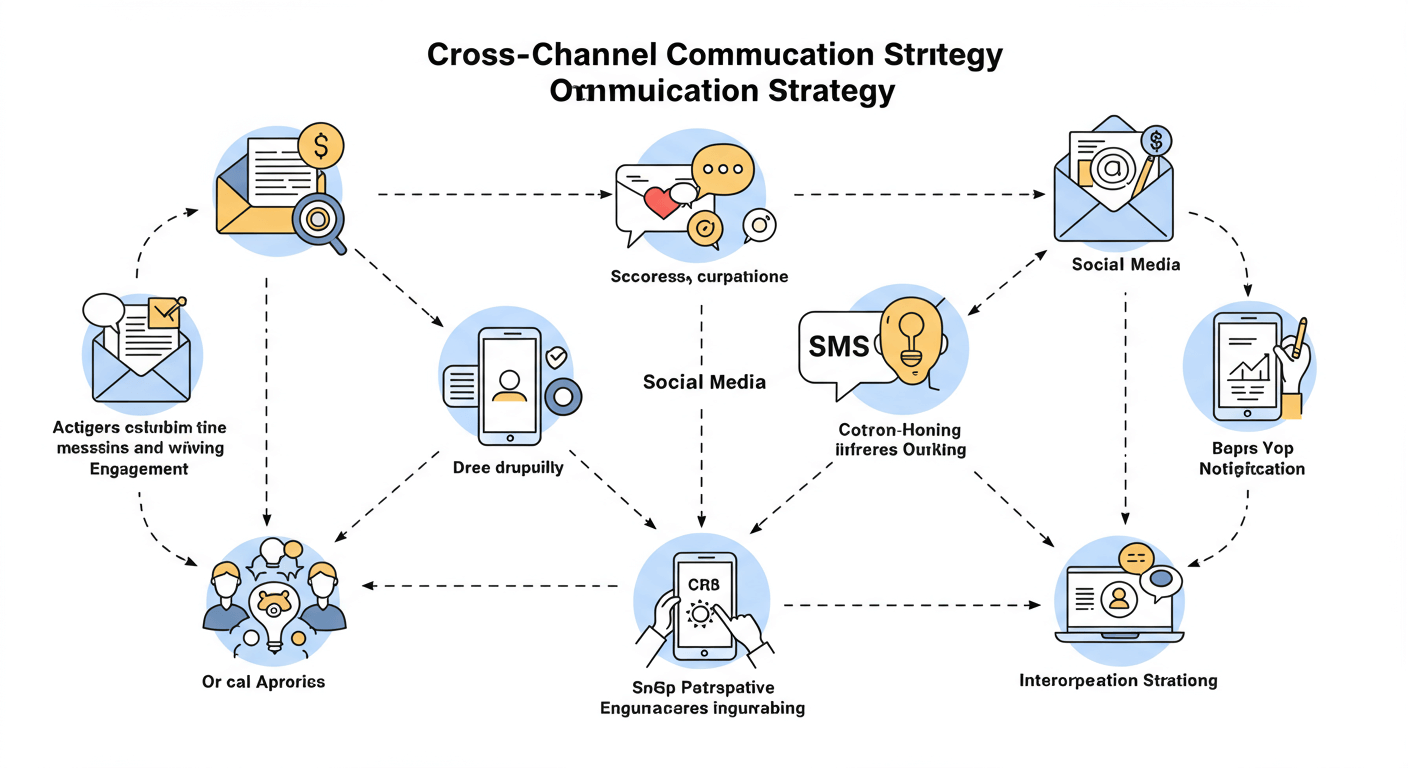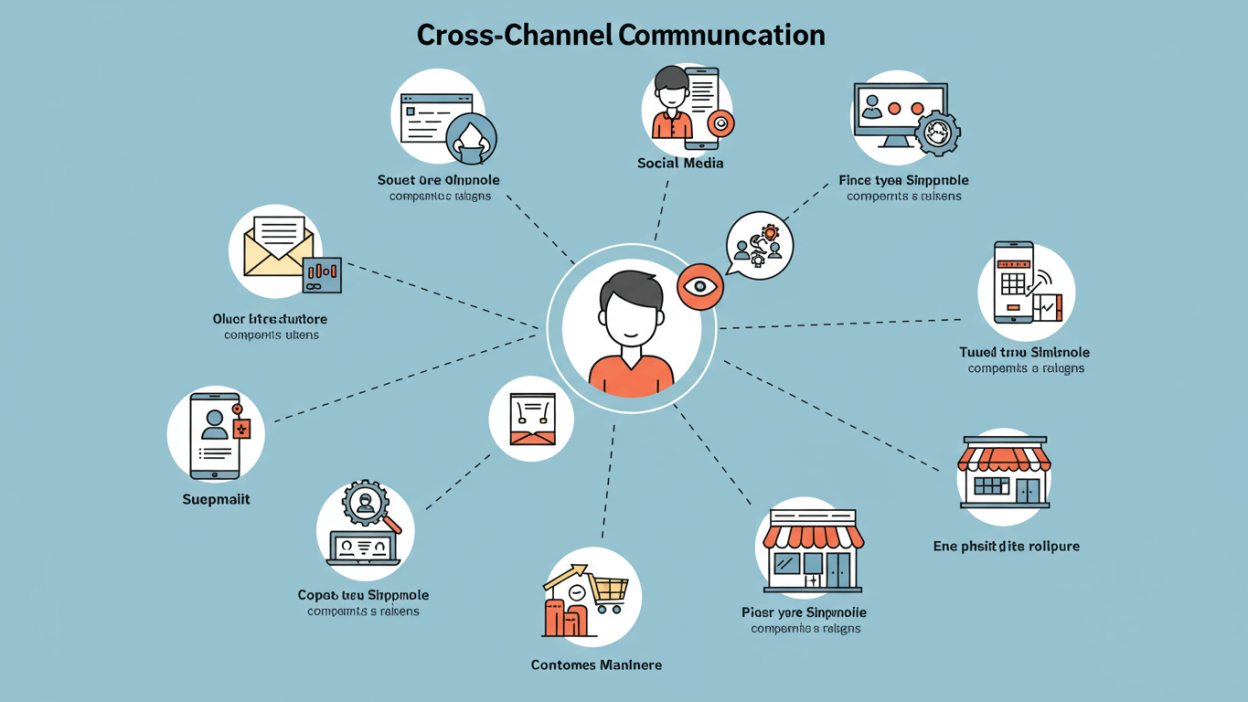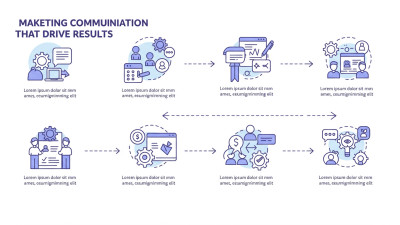Ever felt like you’re having the same conversation over and over with a company, just on different platforms? You start with a chatbot, move to email, and then end up on the phone, explaining your issue from the beginning each time. It’s a frustrating experience, and it’s the exact opposite of effective cross-channel communication.
So, what does it mean to get it right? Cross-channel communication is a strategy that provides a seamless and integrated customer experience across all the touchpoints where a brand and its customers interact. This could include a website, social media, email, mobile app, or even in a physical store. The goal is to create one continuous conversation that can pick up on any channel exactly where it left off on another.
Cross-Channel vs. Multi-Channel vs. Omni-Channel

Before we go further, it’s important to clarify some often-confused terms: multi-channel, cross-channel, and omni-channel. While they all involve using more than one channel to engage with customers, their approaches are quite different. Learn more about Marketing Communication
Multi-Channel Communication
This is the most basic approach. A business using a multi-channel strategy is present on several platforms, but these channels operate independently. For example, a company might have a Facebook page, a customer service email, and a retail store. However, these channels don’t share information. A customer’s interaction on Facebook isn’t known to the email support team, and the in-store staff has no record of online conversations. The focus is on being available, not on creating an integrated experience.
Cross-Channel Communication
Cross-channel communication takes it a step further. Here, the different channels are linked and share data. This allows for a more connected customer journey. A customer might browse a product on a mobile app, add it to their cart on a desktop website, and then receive a reminder email about the abandoned cart. The channels work together to guide the customer through the purchasing process. The company is actively managing the customer’s journey across different touchpoints.
Omni-Channel Communication
Omni-channel is the most advanced and customer-centric approach. It aims to create a completely seamless and unified experience where the lines between channels practically disappear. All channels are not only connected but are updated in real-time, providing a single, consistent view of the customer across the entire organization. A retail associate could see a customer’s online wishlist and past purchases to provide personalized recommendations in-store. The focus is entirely on the customer’s experience, allowing them to move between channels effortlessly.
Why is Cross-Channel Communication So Important?
Adopting a cross-channel strategy isn’t just about making things smoother for customers; it provides tangible benefits for your business.
1. Enhanced Customer Experience
This is the most significant advantage. When customers don’t have to repeat themselves and can switch between channels without friction, their overall experience improves dramatically. A positive experience builds satisfaction and loyalty. Research from McKinsey shows that companies excelling in customer journeys can see a 10-20% increase in customer satisfaction.
2. Increased Customer Retention
Happy customers are loyal customers. By providing a consistent and convenient experience, you give them a compelling reason to stick with your brand. A seamless journey shows that you value their time and understand their needs. This leads to higher retention rates, which is crucial for long-term growth, as acquiring a new customer can be five times more expensive than retaining an existing one.
3. Deeper Customer Insights
When your channels are integrated, you can collect and analyze data from every touchpoint. This creates a comprehensive profile of each customer, including their preferences, behaviors, and purchase history. These insights are invaluable for personalizing marketing efforts, improving product offerings, and making data-driven business decisions. You can understand the entire customer journey, not just isolated interactions.
4. Boosted Sales and Revenue
A smoother journey removes friction and makes it easier for customers to make a purchase. For instance, a customer might see an ad on Instagram, read reviews on your blog, and then buy the product through your mobile app. By connecting these channels, you guide them along the path to purchase. This leads to higher conversion rates and, ultimately, increased revenue.
How to Build a Cross-Channel Communication Strategy

Ready to create a more unified experience for your customers? Here are the key steps to building an effective cross-channel communication strategy.
Step 1: Map Your Customer Journey
Start by understanding how your customers currently interact with your brand. Identify all the touchpoints they use, from initial awareness to post-purchase support. Create a customer journey map to visualize the different paths they might take. This will help you identify points of friction and opportunities for improvement. Talk to your customers, use analytics tools, and get feedback from your support teams to make this map as accurate as possible.
Step 2: Choose the Right Channels
You don’t need to be on every channel, but you do need to be on the channels your customers use most. Use your customer data and market research to determine where your audience spends their time. Focus on integrating the channels that are most critical to your customer journey. This might include your website, email, social media platforms, SMS, and your mobile app.
Step 3: Integrate Your Technology
A successful cross-channel strategy relies on integrated technology. Your systems need to be able to share data in real-time. This is where a Customer Relationship Management (CRM) platform becomes essential. A good CRM can act as a central hub for all customer data, providing a single source of truth for your sales, marketing, and support teams. Other tools, like a Customer Data Platform (CDP), can also help unify customer data from various sources.
Step 4: Create Consistent Messaging and Branding
Your brand’s voice, tone, and visual identity should be consistent across all channels. A customer should have the same brand experience whether they’re on your website, reading an email, or interacting with a social media post. This consistency builds trust and reinforces your brand identity. Develop clear brand guidelines and ensure all teams follow them.
Step 5: Personalize the Experience
Use the data you’ve collected to personalize interactions. Address customers by name, recommend products based on their browsing history, and send them relevant offers. Personalization shows that you understand your customers as individuals. For example, if a customer has been looking at running shoes on your website, you can send them an email with your latest running shoe collection.
Step 6: Train Your Teams
Your employees are at the heart of your cross-channel strategy. Ensure that your marketing, sales, and customer service teams understand the importance of a unified experience. Provide them with the training and tools they need to access and use customer data effectively. Encourage collaboration between departments to break down silos and ensure everyone is working towards the same goal.
Step 7: Measure and Optimize
A cross-channel strategy is not a “set it and forget it” initiative. Continuously monitor your performance and look for ways to improve. Track key metrics like customer satisfaction (CSAT), net promoter score (NPS), customer lifetime value (CLV), and channel-specific engagement rates. Use this data to identify what’s working and what’s not, and make adjustments to your strategy accordingly.
The Future is Connected
Creating a seamless experience is no longer a luxury—it’s an expectation. A well-executed cross-channel communication strategy can set your brand apart, fostering deeper customer relationships and driving sustainable growth. By understanding your customers, integrating your technology, and aligning your teams, you can build a unified journey that turns one-time buyers into lifelong advocates. The effort you invest in connecting your channels will pay dividends in customer loyalty and business success.




